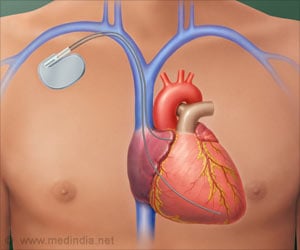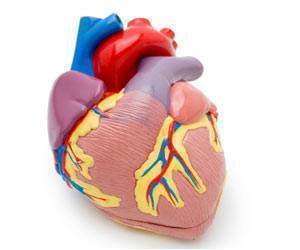In some welcome news, the American Heart Association has released new guidelines for cardiopulmonary resuscitation (CPR).

"For more than 40 years, CPR training has emphasized the ABCs of CPR, which instructed people to open a victim's airway by tilting their head back, pinching the nose and breathing into the victim's mouth, and only then giving chest compressions," said Michael Sayre, chairman of the American Heart Association's Emergency Cardiovascular Care (ECC) Committee.
"This approach was causing significant delays in starting chest compressions, which are essential for keeping oxygen-rich blood circulating through the body. Changing the sequence from A-B-C to C-A-B for adults and children allows all rescuers to begin chest compressions right away," he added.
Now, compressions should be started immediately on anyone who is unresponsive and not breathing normally.
All victims in cardiac arrest need chest compressions. In the first few minutes of a cardiac arrest, victims will have oxygen remaining in their lungs and bloodstream, so starting CPR with chest compressions can pump that blood to the victim's brain and heart sooner.
The change in the CPR sequence applies to adults, children and infants, but excludes newborns.
Advertisement
During CPR, rescuers should give chest compressions a little faster, at a rate of at least 100 times a minute.
Between each compression, rescuers should avoid leaning on the chest to allow it to return to its starting position.
Rescuers should avoid stopping chest compressions and avoid excessive ventilation.
All 9-1-1 centers should assertively provide instructions over the telephone to get chest compressions started when cardiac arrest is suspected.
"Despite our success, the research behind the guidelines is telling us that more people need to do CPR to treat victims of sudden cardiac arrest, and that the quality of CPR matters, whether it's given by a professional or non-professional rescuer," said Ralph Sacco, M.D., president of the American Heart Association.
Key guidelines recommendations for healthcare professionals:
Effective teamwork techniques should be learned and practiced regularly.
Professional rescuers should use quantitative waveform capnography - the monitoring and measuring of carbon dioxide output - to confirm intubation and monitor CPR quality.
Therapeutic hypothermia, or cooling, should be part of an overall interdisciplinary system of care after resuscitation from cardiac arrest.
Atropine is no longer recommended for routine use in managing and treating pulseless electrical activity (PEA) or asystole.
Source-ANI













